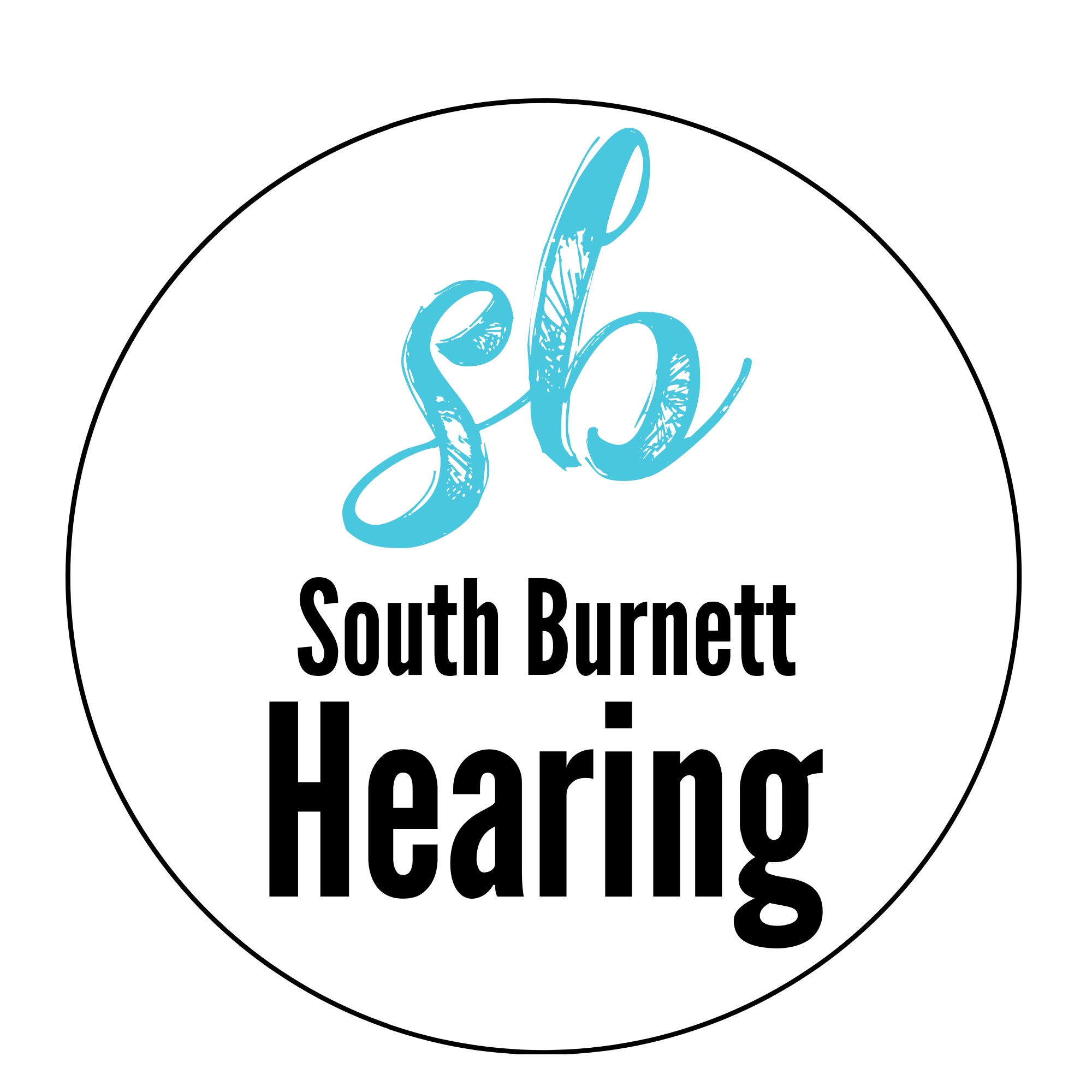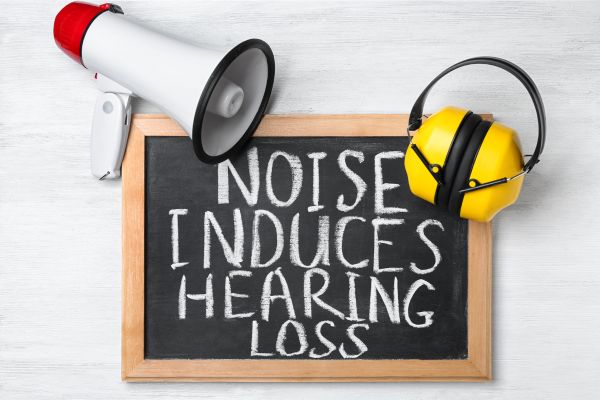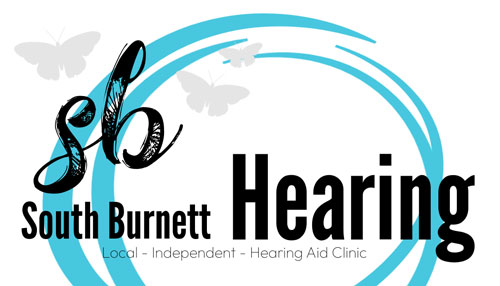In our modern world, noise is a constant companion. From the bustling city streets to the latest gadgets in our homes, we are surrounded by sounds that, while often welcome, can have a profound impact on our hearing health. As we observe Hearing Awareness Week, it’s crucial to understand the relationship between decibels (dB) and hearing damage – a topic that concerns us all, regardless of age or lifestyle.
The Science of Sound
Sound waves travel through the air and are measured in decibels, a unit that quantifies sound intensity. The human ear is remarkably sensitive, capable of hearing everything from the softest whisper, around 30 dB, to the roar of a jet engine, which can exceed 120 dB. However, there’s a catch: exposure to high decibel levels can lead to noise-induced hearing loss (NIHL), a permanent condition affecting millions worldwide.
Understanding Noise-Induced Hearing Loss
NIHL can occur from prolonged exposure to sounds at or above 85 dB, the level at which occupational safety guidelines recommend hearing protection. Such exposure damages the delicate hair cells in the inner ear, responsible for converting sound waves into electrical signals the brain can understand. Once these cells are damaged, they cannot regenerate, leading to irreversible hearing loss.
Everyday Sources of Harmful Noise
You might be surprised to learn how common potentially harmful noise levels are in our daily environments. Consider these examples:
- Personal audio devices: Listening to music at maximum volume through headphones can reach levels up to 105 dB.
- Concerts and sporting events: These can easily exceed 100 dB, with the potential for spikes even higher.
- Household appliances: Items like blenders and hairdryers typically operate around 85-90 dB.
- Urban living: Traffic noise in a busy city often sits around 85 dB.
The Cumulative Effect
It’s not just the intensity of noise that matters but also the duration. Hearing damage is cumulative, meaning it builds up over time with each exposure to dangerous noise levels. This gradual loss often goes unnoticed until it becomes severe, making early prevention efforts critical.
Protecting Your Hearing
Thankfully, noise-induced hearing loss is largely preventable. Here are some strategies to protect your ears:
- Use hearing protection: Earplugs or earmuffs are effective at reducing noise levels and are essential in loud environments.
- Follow the 60/60 rule: When using personal audio devices, keep the volume under 60% and limit listening time to 60 minutes.
- Choose noise-cancelling headphones: These can help you enjoy music at lower volumes by blocking out background noise.
- Be aware of noise levels: Apps are available that measure environmental noise levels, helping you identify when protection is needed.
- Seek regular hearing evaluations: Early detection of hearing loss can lead to better management and prevention of further damage.
The Role of Policy and Education
Combating NIHL isn’t solely an individual responsibility. Employers, educators, and policymakers play crucial roles in raising awareness and implementing safety standards. For instance, regulations that limit occupational noise exposure and educational programs in schools can significantly reduce the risk of hearing damage.
The Future of Hearing Health
Innovation in hearing protection and treatment offers hope. Advances in technology are leading to more effective and comfortable hearing protection options, as well as potential treatments that could one day repair damaged hair cells. Until then, prevention and education remain our best defence against noise-induced hearing loss.
Conclusion
As we mark Hearing Awareness Week, let’s commit to protecting our hearing health by understanding the risks associated with high decibel levels. By taking proactive steps to minimize exposure to harmful noise, we can preserve our hearing for years to come. Remember, in the battle against decibels and damage, knowledge, and prevention are our most powerful tools.


